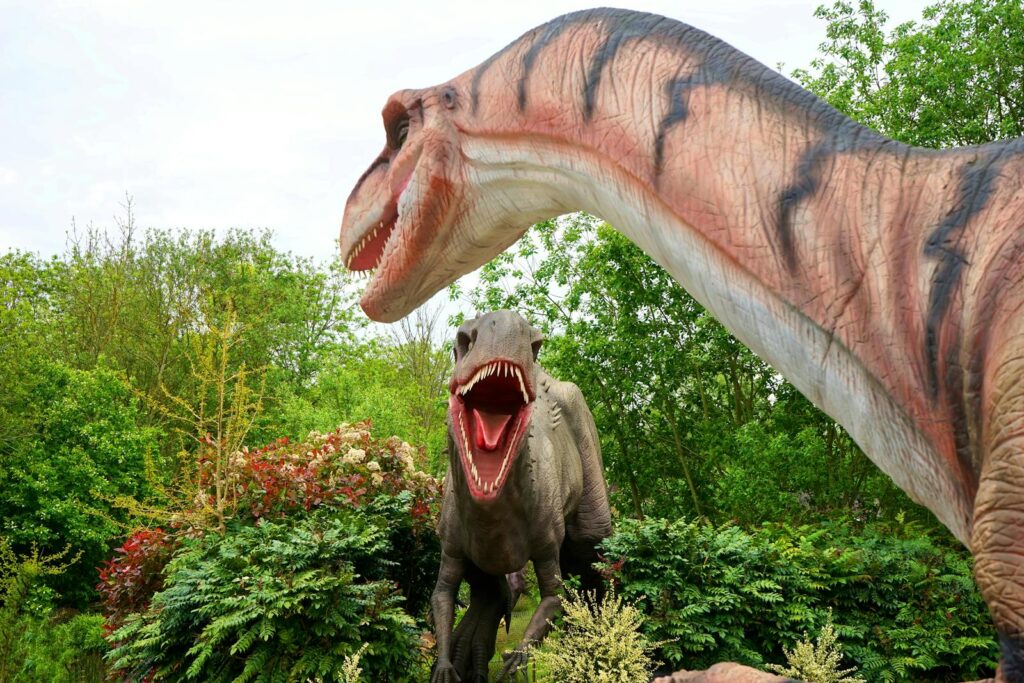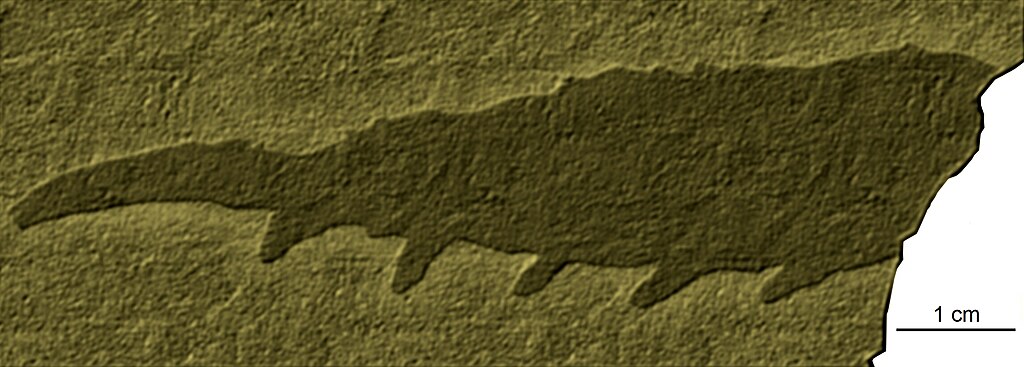The discovery that many dinosaurs possessed feathers has revolutionized our understanding of these magnificent creatures and their evolutionary legacy. Far from the scaly reptiles depicted in classic illustrations, many dinosaur species sported elaborate plumage that ranged from simple filaments to complex flight feathers. Yet this feature wasn’t universal across all dinosaur lineages. The selective evolution of feathers represents a fascinating chapter in dinosaur evolution, revealing complex adaptive pathways that ultimately led to modern birds. This article explores the evolutionary, environmental, and biological factors that determined which dinosaur groups developed feathers and which retained their scales.
The Evolutionary Origins of Dinosaur Feathers

Feathers didn’t appear suddenly in dinosaur evolution but emerged gradually through a series of modifications to reptilian scales. The earliest feather-like structures, called proto-feathers, likely appeared in the Middle to Late Triassic period, approximately 230-200 million years ago. These primitive structures weren’t the complex flight feathers we associate with modern birds but rather simple, hair-like filaments that served primarily for insulation. Fossil evidence suggests that these proto-feathers first evolved in small, bipedal carnivorous dinosaurs belonging to the theropod group. This initial adaptation laid the groundwork for more complex feather types to develop over millions of years of evolution. The transition from scales to feathers represents one of the most significant evolutionary innovations in vertebrate history, ultimately enabling powered flight in birds.
Theropods: The Feathered Dinosaur Dynasty

The theropod dinosaurs—predominantly bipedal, mostly carnivorous dinosaurs including Tyrannosaurus rex and Velociraptor—were the primary group that developed feathers. This clade includes all the direct ancestors of modern birds, making their feather development particularly significant for understanding avian evolution. Multiple fossil discoveries from China’s Liaoning Province, particularly from the Yixian Formation, have revealed exquisitely preserved theropod specimens with clear feather impressions. Notable examples include Sinosauropteryx, which had simple filamentous feathers covering its body, and Microraptor, which sported complex flight feathers on all four limbs. The prevalence of feathers among theropods wasn’t limited to small, bird-like species; evidence suggests that even larger theropods like Yutyrannus, a relative of T. rex reaching nearly 30 feet in length, possessed primitive feathery coverings. This widespread distribution of feathers among theropods indicates that feathered bodies were likely the norm rather than the exception within this dinosaur group.
The Functional Evolution of Feathers

Contrary to popular belief, feathers didn’t evolve initially for flight but served multiple functions that provided evolutionary advantages to dinosaurs. The earliest proto-feathers likely evolved primarily for thermoregulation, helping dinosaurs retain body heat. This thermal insulation would have been particularly advantageous for small-bodied theropods with high metabolic rates. As feathers grew more complex, they began to serve additional functions including display, camouflage, and species recognition. The bright colors and patterns preserved in some fossilized feathers suggest they played important roles in courtship rituals and territorial displays, similar to peacock plumage today. Only later did feathers become co-opted for aerodynamic functions, first enabling gliding and eventually powered flight. This stepwise evolution of feather function demonstrates how structures that initially evolved for one purpose can be repurposed through natural selection to serve entirely different functions—a process evolutionary biologists call exaptation.
Why Sauropods Remained Feather-Free
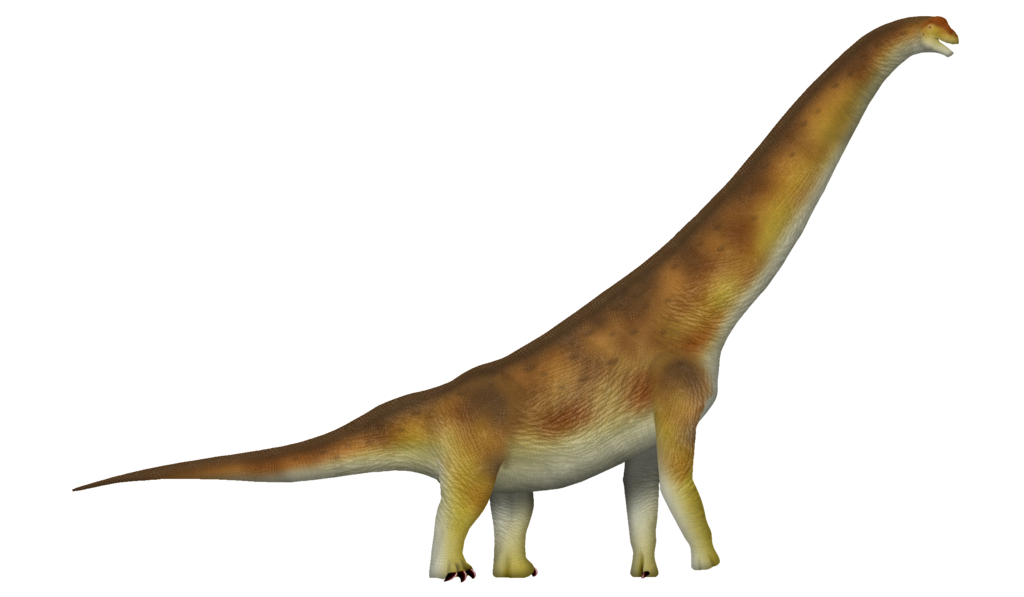
The giant sauropod dinosaurs—long-necked herbivores like Brachiosaurus and Diplodocus—show no evidence of having developed feathers. This absence can be explained by several interconnected factors related to their physiology and ecology. First, sauropods’ enormous body size created a low surface-area-to-volume ratio, which meant they naturally retained heat efficiently and didn’t require additional insulation. In fact, for creatures of their size, overheating was a more significant challenge than heat loss. Second, sauropods diverged from the theropod lineage early in dinosaur evolution, before proto-feathers had emerged as a widespread trait. Their evolutionary path took them toward gigantism as a survival strategy rather than the metabolic adaptations that characterized theropod evolution. Finally, the thick, often armored skin of sauropods provided protection from predators and environmental hazards—a different survival adaptation that served their ecological niche well. The absence of feathers in sauropods illustrates how evolutionary adaptations reflect specific environmental pressures and lifestyle requirements.
The Role of Body Size in Feather Distribution
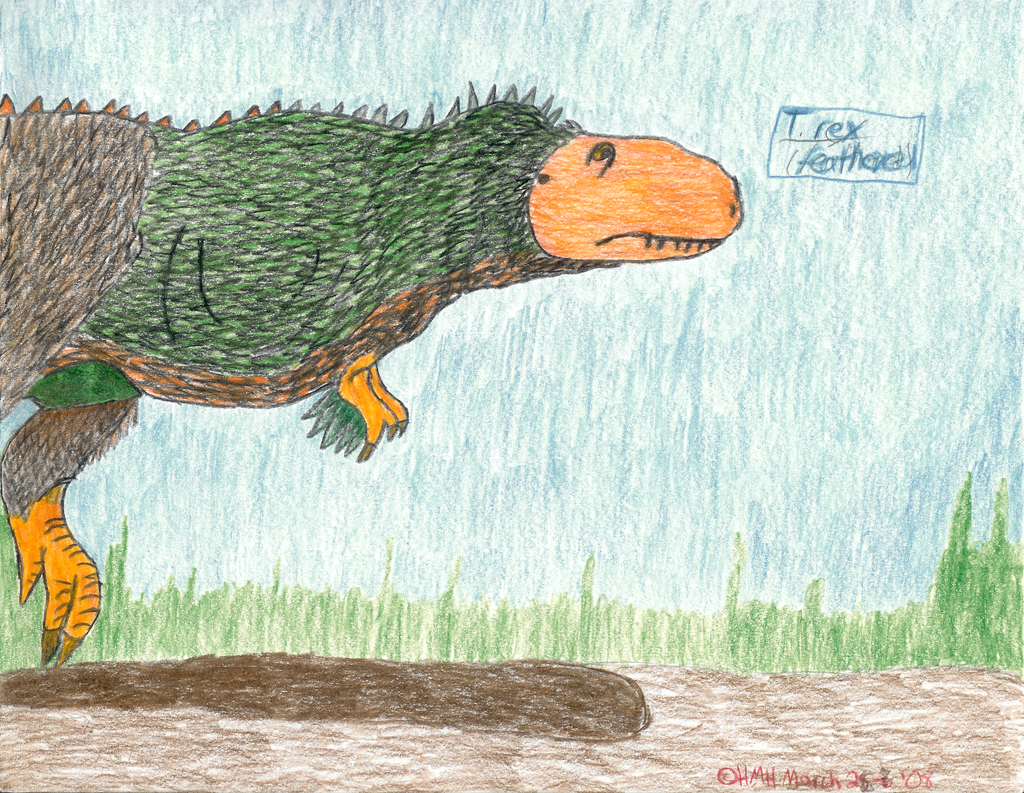
Body size played a crucial role in determining which dinosaurs developed feathers, with smaller species generally more likely to be feathered than larger ones. This pattern relates directly to the physics of heat retention and loss. Smaller animals have higher surface-area-to-volume ratios, causing them to lose body heat more rapidly and therefore benefit more from insulating coverings. Large dinosaurs faced the opposite problem—preventing overheating—making feathers potentially disadvantageous. This principle explains why we find evidence of feathers primarily in smaller theropods, while the largest theropods like adult Tyrannosaurus rex may have had reduced feather coverage or none at all. Interestingly, fossil evidence suggests that juvenile T. rex might have had feathers that were subsequently lost as they grew to adult size. This pattern mirrors what we observe in some modern large birds like ostriches, which have downy chicks that develop more sparse, hair-like feathers as adults. The correlation between body size and feathering represents a fundamental constraint imposed by thermodynamic principles on dinosaur evolution.
Climate’s Influence on Feather Development
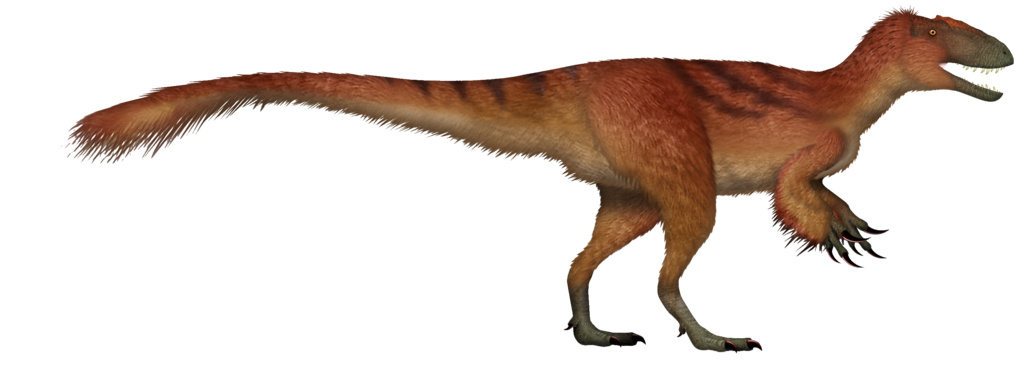
The climate in which dinosaurs evolved significantly influenced which lineages developed feathers. Dinosaurs that lived in cooler environments or regions with significant temperature fluctuations were more likely to benefit from the insulating properties of feathers. For example, the feathered tyrannosauroid Yutyrannus lived during the Early Cretaceous period in what is now northeastern China, which experienced relatively cool temperatures compared to other dinosaur habitats. Conversely, dinosaurs evolving in consistently hot climates would have had less evolutionary pressure to develop insulating coverings. Recent research suggests that some dinosaur groups may have developed or lost feathers multiple times in response to climate changes throughout the Mesozoic Era. This climate-driven selection explains some of the patchiness in feather distribution across the dinosaur family tree. Paleoclimatologists and paleontologists now work together to understand how ancient climate patterns influenced the evolution of dinosaur integuments, providing insight into how animals adapt to changing environmental conditions.
Ornithischians: The Other Feathered Dinosaurs

While theropods represent the most well-known feathered dinosaurs, evidence has emerged that some ornithischian dinosaurs—the “bird-hipped” dinosaurs including Triceratops, Stegosaurus, and hadrosaurs—also developed feather-like structures. The most compelling evidence comes from Kulindadromeus, a small herbivorous dinosaur from Siberia that possessed both scales and various filamentous structures resembling primitive feathers. Similar structures have been identified in Psittacosaurus, a small ceratopsian (horned dinosaur) relative. These discoveries are particularly significant because ornithischians represent a completely separate branch of the dinosaur family tree from theropods, suggesting that feather-like structures may have evolved independently in different dinosaur lineages. Alternatively, these findings raise the intriguing possibility that the common ancestor of all dinosaurs possessed some form of filamentous body covering, which was subsequently lost in some lineages while developing into complex feathers in others. Either scenario dramatically reshapes our understanding of dinosaur appearance and evolution.
The Genetic Basis of Feather Development
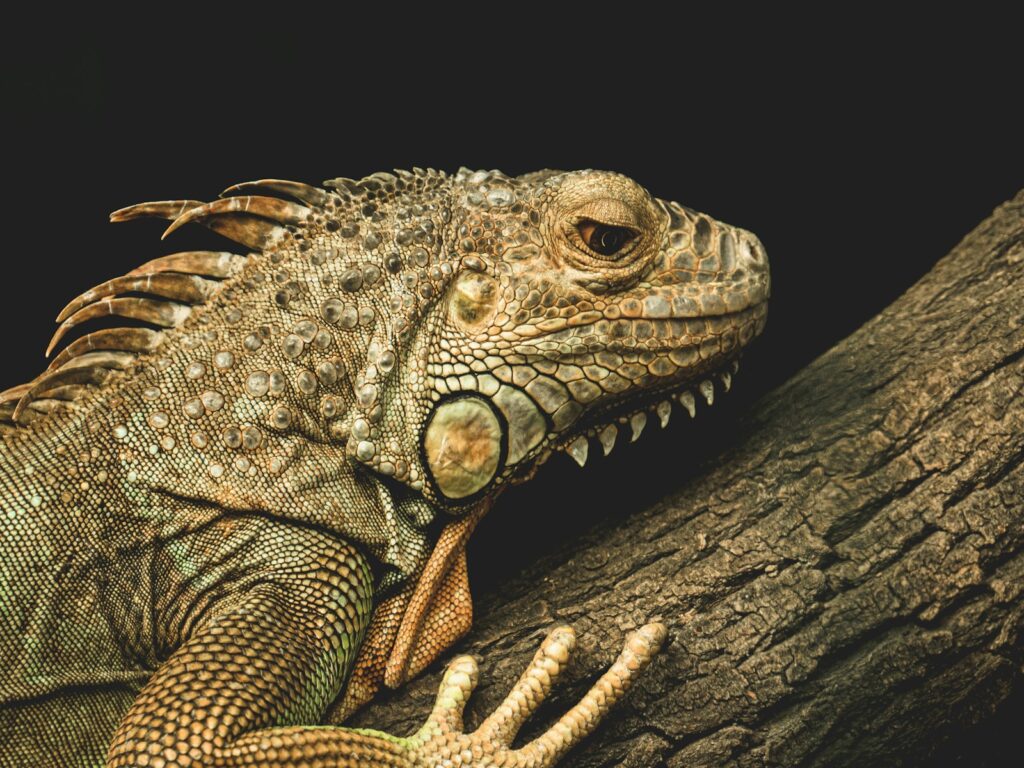
The evolution of feathers in dinosaurs was ultimately driven by genetic changes that modified the development of skin structures. Recent advances in developmental biology and paleogenetics have identified several key genes involved in feather formation, including members of the BMP (bone morphogenetic protein) and Shh (sonic hedgehog) signaling pathways. These genes regulate the formation and patterning of skin appendages in all vertebrates, from fish scales to mammalian hair to reptilian scales. Subtle mutations in these regulatory genes can transform one type of skin covering into another. Comparative studies between modern reptiles and birds have revealed that the genetic machinery for producing feathers evolved through modifications to the existing genetic toolkit for scale development. Interestingly, laboratory experiments have demonstrated that by manipulating these developmental pathways in modern reptiles, researchers can induce the formation of primitive feather-like structures, suggesting that the evolutionary transition from scales to feathers required relatively few genetic changes. This genetic plasticity helps explain how feathers could have evolved independently in different dinosaur lineages.
Modern Birds: The Surviving Feathered Dinosaurs

Birds represent the only surviving dinosaur lineage, having evolved from small, feathered theropod dinosaurs during the Late Jurassic period. The evolution of modern birds (Aves) from their dinosaurian ancestors involved the refinement of feathers for powered flight, alongside numerous other adaptations including hollow bones, modified forelimbs, and enhanced respiratory systems. The transition from non-avian dinosaurs to birds wasn’t sudden but occurred gradually over tens of millions of years, with many intermediate forms showing combinations of dinosaurian and avian features. Archaeopteryx, often considered the earliest bird, still retained many dinosaur characteristics including teeth and a long bony tail, while possessing well-developed flight feathers. The survival of birds through the Cretaceous-Paleogene extinction event that eliminated all other dinosaurs approximately 66 million years ago remains something of an evolutionary mystery, though their small size, flight capability, and dietary flexibility likely contributed to their survival. Today’s 10,000+ bird species showcase the remarkable diversity that evolved from their feathered dinosaur ancestors, from the flightless ostrich to the hovering hummingbird.
Technological Breakthroughs in Feather Research

Our understanding of dinosaur feathers has been revolutionized by technological advances in paleontological research. Scanning electron microscopy has allowed scientists to examine fossilized feather structures at the microscopic level, revealing details about feather construction impossible to see with the naked eye. Even more remarkably, chemical analysis techniques including mass spectrometry have identified melanosomes—cellular structures containing melanin pigments—in fossilized feathers, allowing paleontologists to determine the actual colors and patterns of extinct dinosaurs. For instance, Microraptor has been shown to have possessed iridescent black feathers similar to modern crows. X-ray fluorescence has revealed trace elements in fossils that indicate feather structure even when the feathers themselves aren’t visibly preserved. Additionally, advanced imaging techniques like laser-stimulated fluorescence can reveal soft tissue impressions not visible under normal light. These technological innovations continue to transform our understanding of dinosaur appearance and evolution, providing increasingly detailed and accurate pictures of these ancient creatures.
Dinosaur Feathers and Modern Medicine
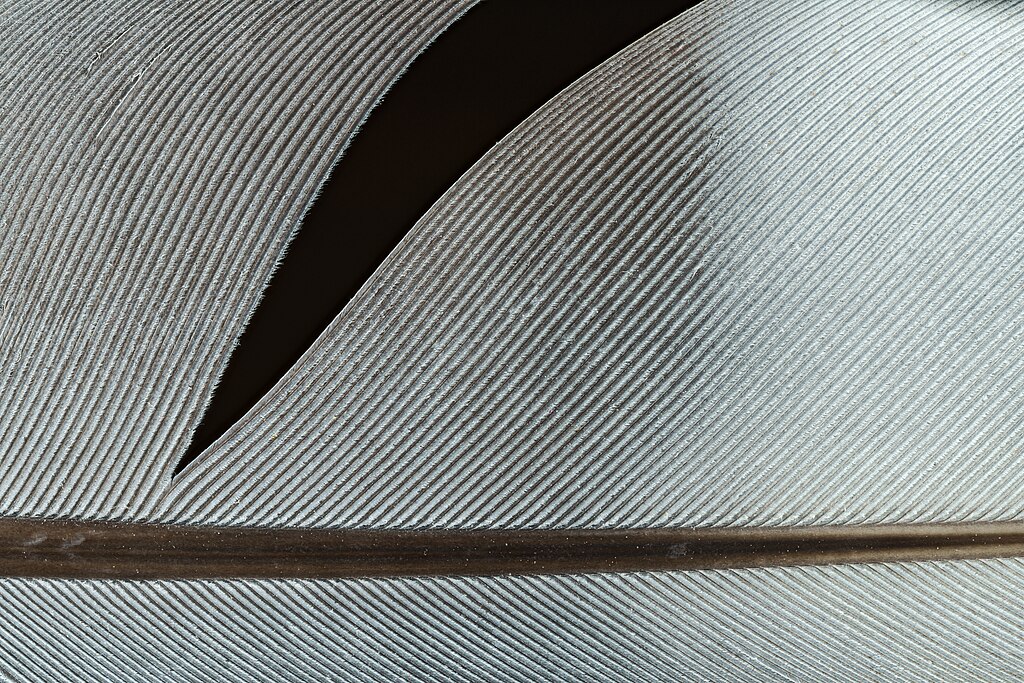
The study of dinosaur feather evolution has unexpected applications in modern medical research. Understanding the genetic mechanisms behind the scale-to-feather transition helps illuminate fundamental principles of developmental biology relevant to human medicine. Research into feather development has provided insights into epithelial tissue development, which has applications for understanding skin disorders and regenerative medicine. The proteins that form feathers—primarily beta-keratins—have unique properties that inspire biomaterial scientists developing new medical materials, particularly those requiring lightweight strength and flexibility. Additionally, studying how dinosaur integuments adapted to different environmental conditions provides models for understanding how tissues respond to environmental stressors, which has implications for climate adaptation research in human health. Some researchers are even investigating whether the antimicrobial properties found in modern bird feathers were present in their dinosaur ancestors, potentially offering new directions for antibiotic research. These interdisciplinary connections highlight how paleontological research contributes to fields far beyond our understanding of prehistoric life.
Misconceptions About Dinosaur Feathers

Despite significant scientific advances, public understanding of dinosaur feathers remains fraught with misconceptions. Perhaps the most persistent myth is that feathered dinosaurs somehow weren’t “real dinosaurs”—a misconception stemming from outdated perceptions of dinosaurs as necessarily scaly, reptilian creatures. Another common misunderstanding is that all dinosaurs either had feathers or didn’t, when the reality reveals a complex distribution pattern across different lineages. Many people incorrectly assume that feathered dinosaurs were all small and bird-like, overlooking large feathered predators like Yutyrannus. Popular media, including films like Jurassic Park, have perpetuated outdated images of dinosaurs despite scientific evidence, though this is gradually changing in more recent productions. Some also mistakenly believe that feathered dinosaurs could all fly, not recognizing that feathers served many functions before flight evolved. Perhaps most fundamentally, many fail to appreciate that birds are literally living dinosaurs—not merely descendants but actual members of the dinosaur clade—making the distinction between “birds” and “dinosaurs” artificial from an evolutionary perspective.
The Future of Dinosaur Feather Research
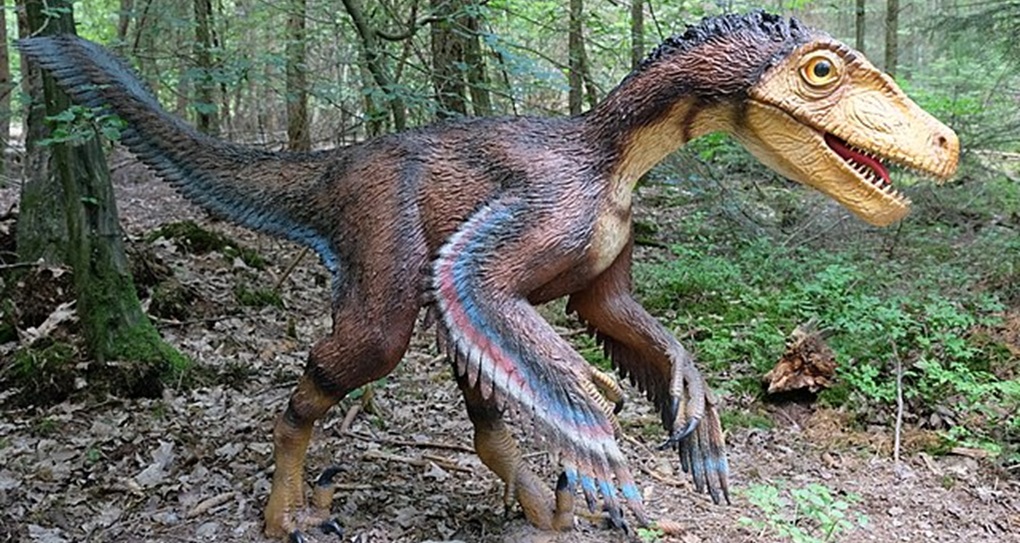
Research into dinosaur feathers continues to advance rapidly, with several promising directions for future discoveries. New fossil-hunting expeditions in previously unexplored regions, particularly in polar regions and the Southern Hemisphere, may reveal dinosaur species with unique feather adaptations to different climates. Advances in analytical techniques, including synchrotron imaging and nano-scale chemical analysis, promise to extract even more information from existing fossils. Developmental biologists are making progress in understanding the genetic basis of feather evolution, potentially allowing more precise reconstructions of which dinosaurs had which types of feathers. Paleontologists increasingly collaborate with ornithologists studying modern bird feathers to better interpret fossil evidence. Computer modeling of dinosaur thermophysiology is helping to predict which dinosaur species likely had feathers based on their body size, metabolism, and habitat. The growing field of paleogenomics may eventually recover fragments of dinosaur DNA that could provide direct evidence about feather-related genes. These research directions ensure that our understanding of dinosaur feathers will continue to evolve, providing ever more detailed insights into these remarkable creatures.
Conclusion
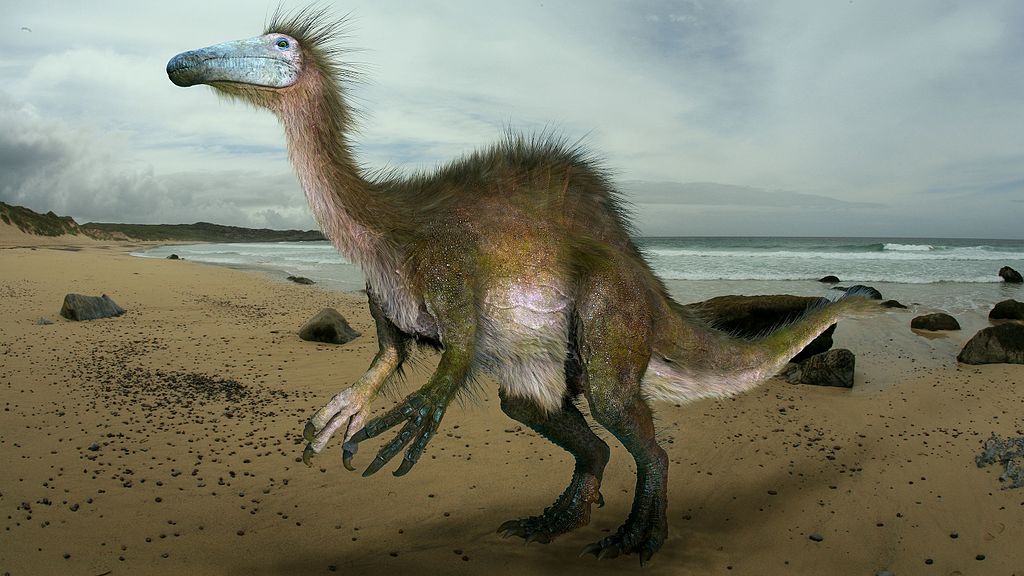
The evolution of feathers represents one of nature’s most remarkable innovations, transforming scaled reptiles into the diverse array of feathered dinosaurs and ultimately modern birds. The uneven distribution of feathers across dinosaur lineages reflects a complex interplay of factors including body size, climate, metabolic requirements, and evolutionary relationships. What began as simple filaments for insulation diversified into elaborate structures serving functions from display to flight, demonstrating evolution’s capacity to repurpose existing structures for new functions. As research techniques continue to advance, our understanding of which dinosaurs had feathers—and why—grows increasingly sophisticated. The story of dinosaur feathers reminds us that evolution rarely proceeds in straight lines but instead explores diverse pathways shaped by environmental pressures and developmental possibilities. Perhaps most profoundly, it connects us directly to the age of dinosaurs through every feathered bird we see today—living dinosaurs still flourishing in our modern world.

